
A WAVE OF BENARAS WEAVES
The rich Indian heritage fabric is making headlines taking centrestage in high fashion | A feature
When all the designers were talking about the ‘Revival of Benaras’, our first question was, “Was it ever gone?” Then again, a closer look at the craftsmanship and one could see why everyone was going ga-ga over Benaras. The beautiful motifs, the colorful textile and a rich heritage backdrop, all this woven in fine zari designs.
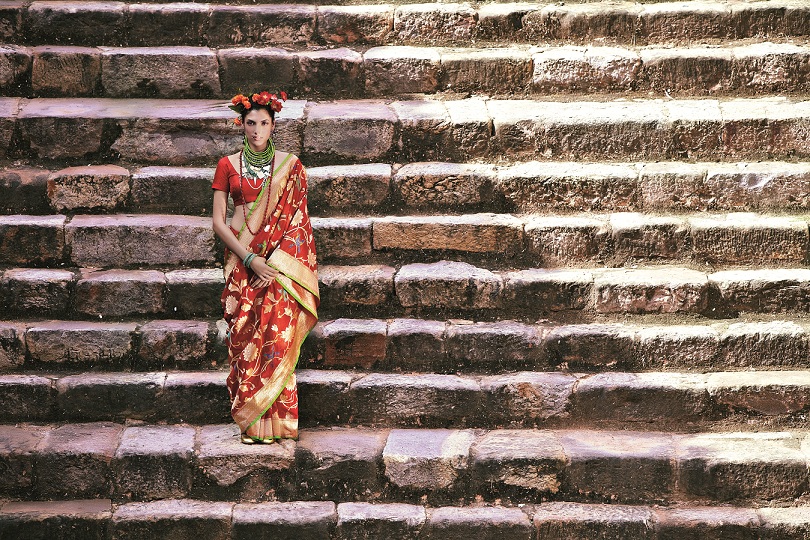
The textile industry of Varanasi flourished during the Mughal era, when royalty from all over the country exclusively commissioned the handloom weaves of Benaras. Over time, with commercialisation and the introduction of the power loom, the quality of the product declined. Initially, Banaras captured 80% of the wedding market. Thus, people started looking for products of all price ranges. This resulted in the influx of new designers, having little knowledge of weaving and fair knowledge of embroidery.
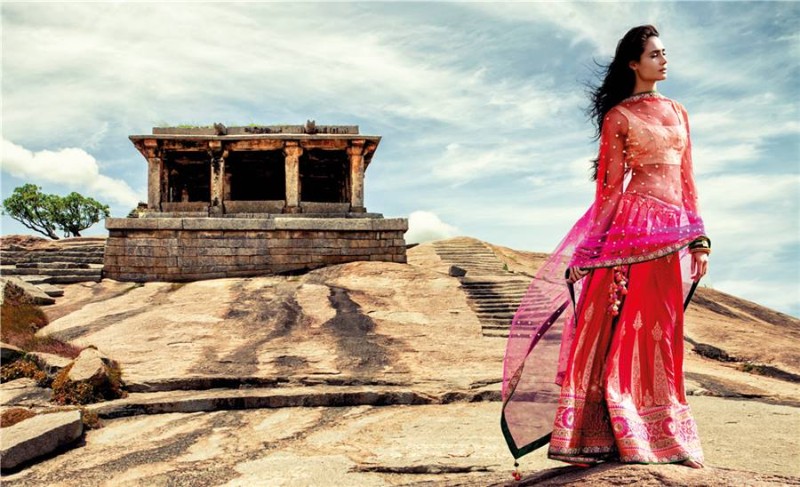
As Bharat Shah of Ekaya explains, “The handloom started dying with time. Originality was overcome by duplicate products and that’s when Ekaya was born. So that the original handloom handcrafted products can be easily accessible at right price to the consumers.”
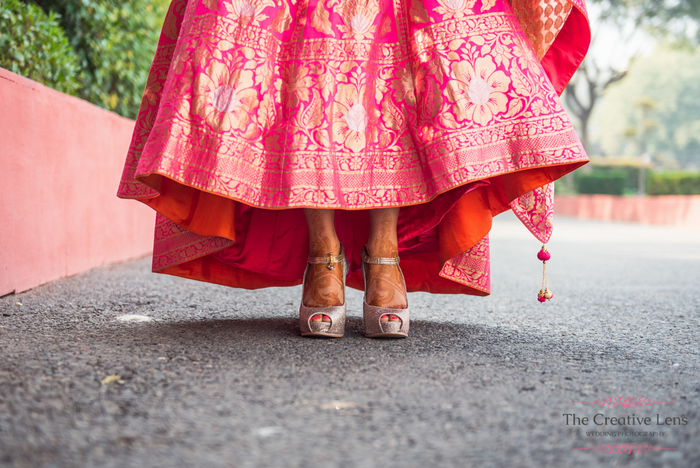
Wedding is a lifestyle in the country and Benaras is synonymous with the wedding market. The weavers of Benaras are exceptional at their art, and can reproduce weaving techniques from all over the country. The diverse weaving traditions give rise to Banarasi silk, kinkhab, brocade and jamdani silk, jamawar tanchoi, etc. Bharat Shah recommends, “An ornate wedding lehenga and an elegant dupatta should be the staple pieces of a bridal trousseau. A dupatta is a must-have as it can complete any outfit.”

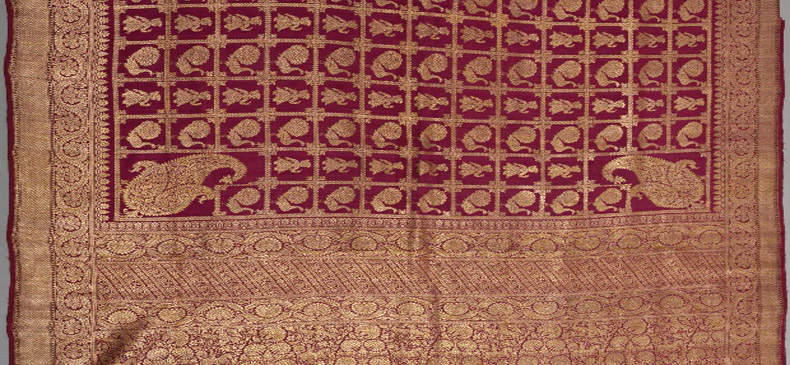
A few years ago, a lot of international designers tapped into the rich Indian heritage and revived the Banarasi weaves. The result? Alexander McQueen’s (Fall 2008) sari-esque dresses with Banarasi borders and Marc Jacobs for Louis Vuitton’s (Diwali 2010) created beautiful saree-dresses inspired by the Banarasi weave.The consistent efforts of the textile ministry and the designers have put Banaras back on the map. The modern Indian woman today realizes the importance of adorning a piece of heritage in her wardrobe. Today, Benaras is not limited to a textile that only your mother adorns or found in your grandmother’s treasure chest. As Shah says, “People have realized the importance of handloom fabrics.” The increase in demand saw more innovation in terms of design and color, thus profiting the weavers.
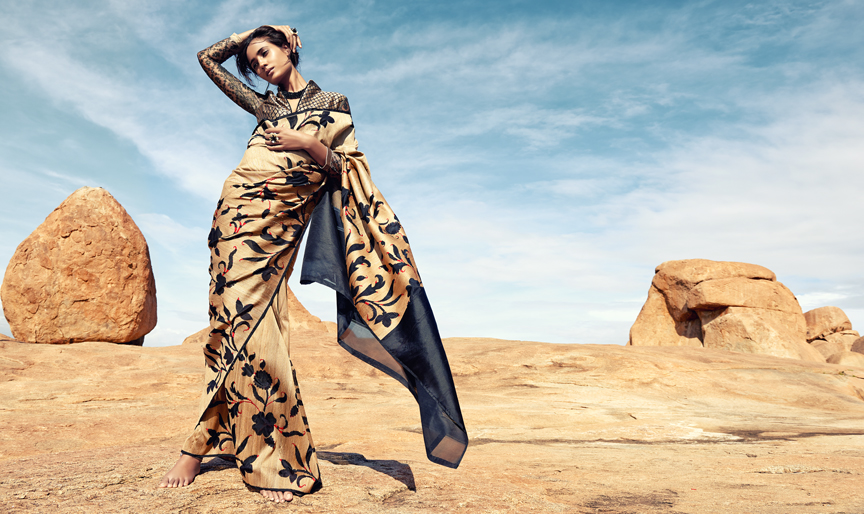
Ekaya Banaras also collaborated with designers like Abraham &Thakore and Rajesh Pratap Singh to bring out a more contemporary line. As Shah puts it, “In order to reach a younger audience, it was essential for us to collaborate with the designers.” Working with around 8,000 weavers, how does he find the balance between traditional textile and the modern Indian aesthetics? “I am inspired by the consumer, who is a modern, well-travelled woman, who is connected to the international market. They want contemporary designs with the feeling of handwoven fabric,” he elucidates.
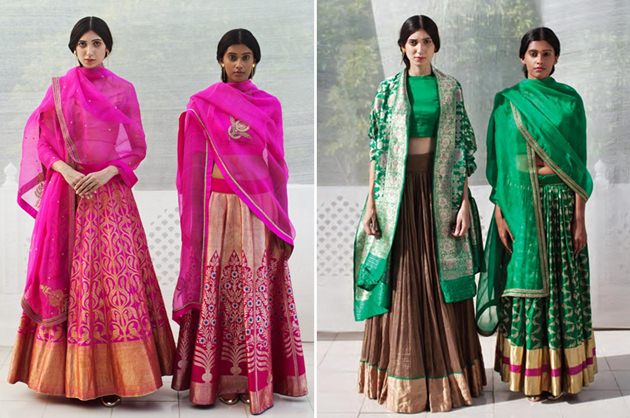
An original Banaras handloom saree takes about 800 man hours to get completed. Combine that with the aesthetics of Manish Arora’s electric hues, brocade jackets by Rajesh Pratap Singh, long kinkhab kurtas in gold by Arjun Saluja and Abraham &Thakore’s vintage opulence in lehenga skirts. That is what we saw in the ramps of AIFW F/W 2015, where 16 designers came together on single platform to revive the beauty of Benaras.
At www.iflauntme.com we take great effort to credit all visual content to the source and the rightful owners. However, we can’t guarantee that we always get it right. If you feel we have erroneously identified your image or would like it removed, please get in touch. Our images come from a variety of sources, including Pinterest, Google Images and, of course, directly from the source.

Comments